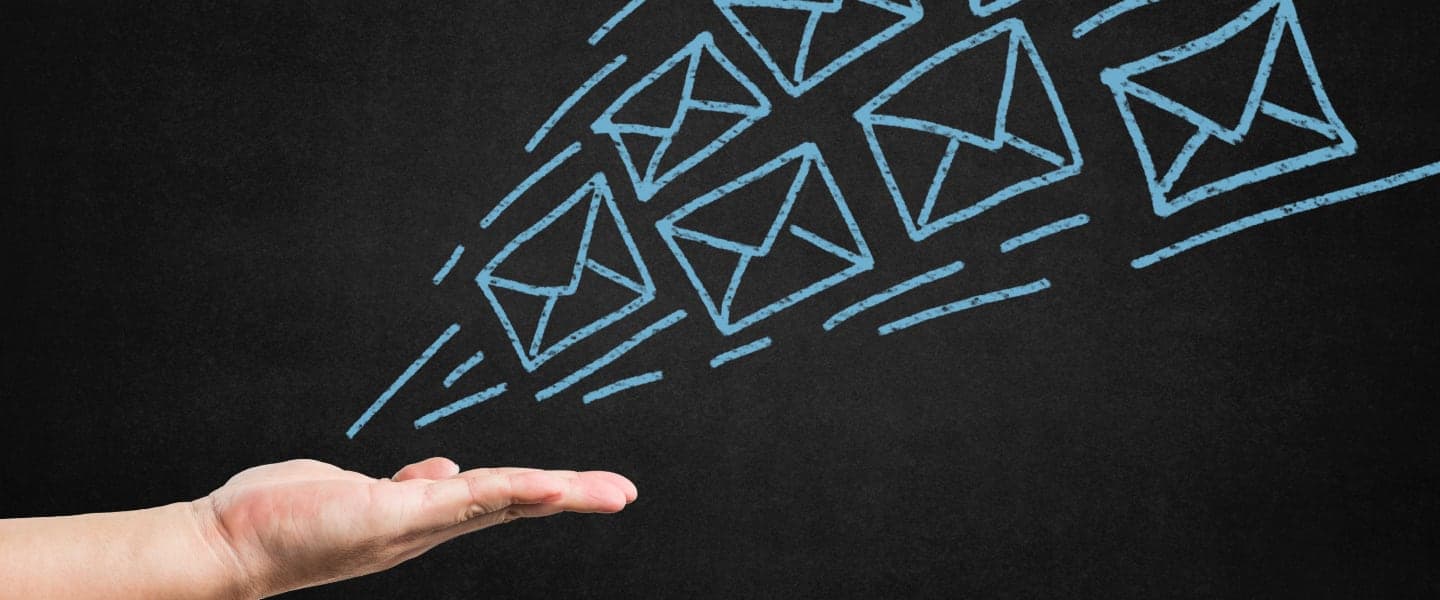
Why Emails End Up in Spam: Understanding the Basics
March 18, 2023
Email marketing is an essential tool for businesses to connect with their customers, promote their products or services, and build a strong online presence. However, sending an email that ends up in the spam folder can hurt your business's credibility and decrease your chances of reaching your target audience. In this article, we will explore the reasons why emails end up in spam and what you should avoid in your emails to prevent them from getting caught in the spam filter.
Content
One of the most common reasons why emails end up in spam is due to the content of the email. Email filters use various criteria to determine whether an email is spam, and the content is one of the most critical factors. Email filters analyze the email's text and subject line to detect spammy language, such as words like "free," "sale," or "limited time offer." Using excessive capitalization or exclamation points can also trigger spam filters. Therefore, it's crucial to ensure that your email content is relevant, useful, and free of spammy language.
Design
Email design is another factor that can cause your emails to end up in spam. Using too many images, especially if they're large, can trigger spam filters. It's essential to use images sparingly and to optimize their size for email delivery. Similarly, using too many colors or fonts can make your email look unprofessional and spammy. Instead, keep your design simple and consistent with your branding.
Sender Information
The email sender's information, including the sender's name, email address, and domain name, can also affect the deliverability of your email. Spam filters check whether the sender's information matches the email's content and whether it's consistent with the sender's history. If the sender's information looks suspicious or doesn't match, the email is likely to end up in spam. Therefore, it's essential to use a recognizable sender name and a professional email address that matches your domain name.
Authentication
Email authentication is a process that verifies whether an email is legitimate and not a spoofed email. If your email fails the authentication process, it's likely to end up in spam. There are various email authentication methods, such as SPF (Sender Policy Framework), DKIM (DomainKeys Identified Mail), and DMARC (Domain-based Message Authentication, Reporting, and Conformance). It's crucial to set up email authentication correctly to increase the chances of your email reaching the inbox.
List Management
Your email list plays a critical role in email deliverability. Sending emails to inactive or unengaged subscribers can increase your chances of being marked as spam. It's essential to keep your email list up-to-date and remove inactive or unengaged subscribers regularly. Additionally, it's crucial to obtain permission from subscribers before sending them emails, as sending unsolicited emails can trigger spam filters.
Conclusion
Email deliverability is a complex process that involves various factors, including email content, design, sender information, authentication, and list management. By understanding these factors and implementing best practices, you can increase the chances of your emails reaching the inbox and avoid the spam folder.
Recent Posts
How to Fix Oversized Email Signature Images
December 11, 2025
MySigMail Enhances its Open Source Email Signature Generator with a New Contribution
October 21, 2025
How to Create and Install a Professional Email Signature in Apple Mail
January 16, 2025
Introduction to MySigMail Vue Email Components
June 25, 2023
Enhance Your Email Marketing Strategy with Signature Banners
April 19, 2023
